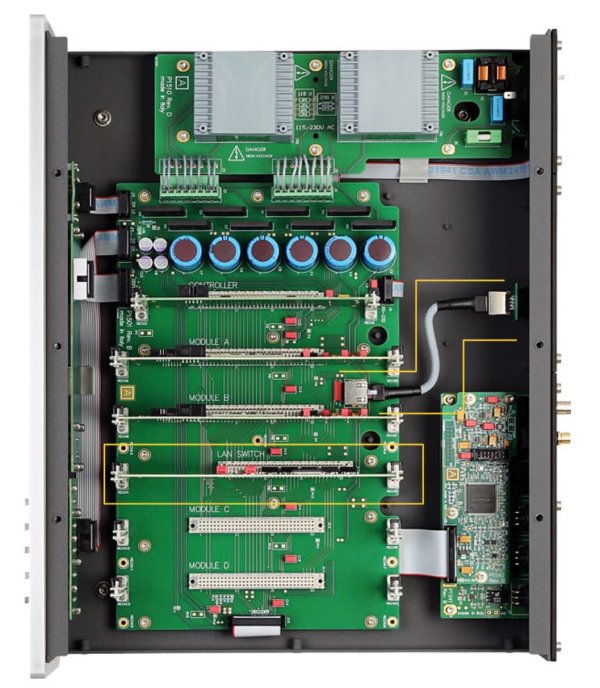Don‘t want to mess up this threads topic. But in short: convolution filters are very powerful. And the processing in Roon works fine or even better in HQPlayer with many options. So definitely give it a try (as room treatments are absolutely great though no one is able to address all problems). If you decide for https://accuratesound.ca/product/digital-room-correction-drc-calibration-service/ you will get one of the best results in the world and this will considerably improve your setup.Hello,
No , not something I have thought about really, have you implemented a filter into HQPlayer !, and if so, how would you rate and describe the results !, thus far I have relied on acoustic treatment in my listening room, though I suspect there is room for improvement..
Maybe also have a read here https://audiophilestyle.com/ca/bits...oom-correction-a-follow-up-opportunity-r1312/











